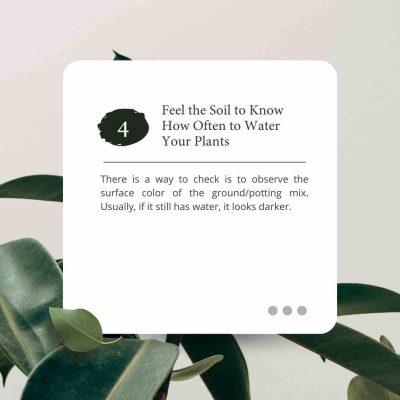5 Plant Care Tips
Plants add value and freshness to our homes, especially now that we have to spend a maximum amount of time living indoors – they are truly our mates. Just got some potted plants home? Here are a few tips that will help you take care of your new house buddies!
1. How to choose a plant for your space
Spring and summer are the perfect time to get green-fingered as the rise in temperature of your home gets a little bit more suited to indoor plants. If you’re done with the days of sad looking leaves and barely-there branches, it’s time to roll up your sleeves and have a read of our top tips below.
2. Prune Your Plants
There are many perks to this process known as “pruning”:
- Increases crop production. Pruning tells a plant to focus its energy on production rather than new growth. And when a plant focuses on production, you get more food!
- Encourages more compact growth. If left alone, some plants (looking at you, indeterminate tomatoes) can get out of control. Pruning yields a strong, compact plant, rather than a tall, leggy one that’s hard to manage. This also prevents one plant from overshadowing others in your Tower Garden.
- Reduces risk of plant disease. Many plant diseases thrive in wet environments with poor air circulation. Dense plant growth encourages such conditions, but pruning can help.
3. Water Deeply, Rather Than Lightly and Frequently
This entirely depends on your plant type because not all have similar watering needs or are resilient to dry periods. Knowing the general category of plants like the following will give you a basic idea:
- Urgent watering is needed for moisture-loving plants and newly planted/young trees & shrubs.
- Drought-tolerant plants don’t need immediate watering once their soil dries out.
- Established trees and shrubs need watering when 6 to 9 inches of the topsoil is dry.
4. Feel the Soil to Know How Often to Water Your Plants
There is a way to check is to observe the surface color of the ground/potting mix. Usually, if it still has water, it looks darker.

5. Place Low Light Plants in Bathrooms
Choose a bathroom plant that will naturally tolerate low light. Understory plants hailing from rainforest settings do quite well in the high humidity, low light environment common to many bathrooms. Air plants (bromeliads) and some succulents can also do well in these circumstances.






